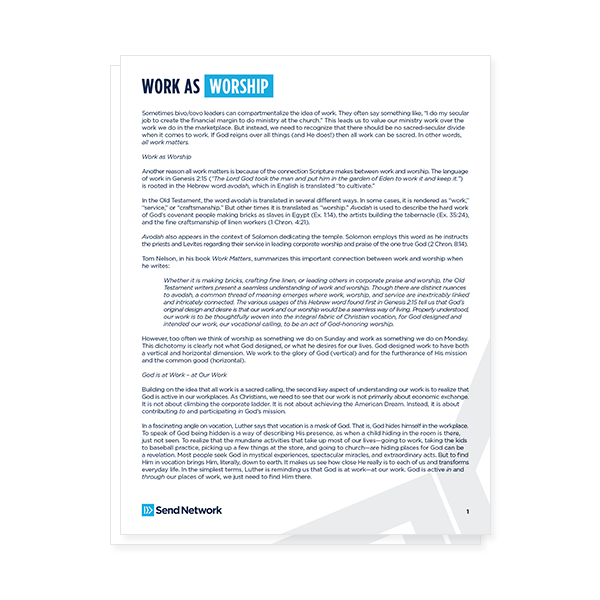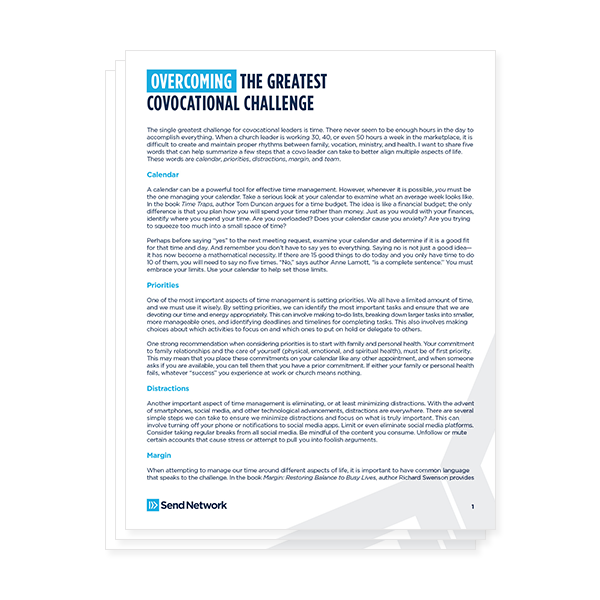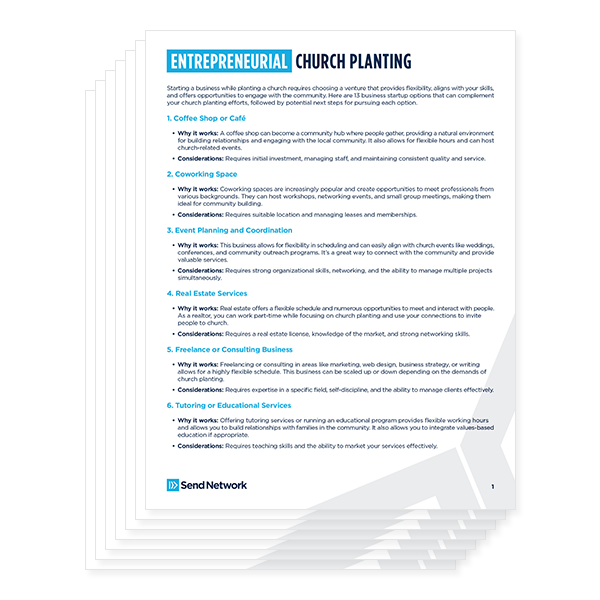In the last post I shared that the first theological distinction deals with the missionary nature of God and the “sentness” of the church. The second key concept has to do with how and where we are sent. The ideas of missional and incarnational are really two sides of the same coin. If the essence of missional living is sending, then the heart of incarnational mission is staying. Incarnational mission represents the embedding of our lives and the gospel into a local context.
The word incarnation comes from a Latin word that literally means “in the flesh.” It refers to the act whereby God took it upon himself to take on flesh and enter into our world so that the reconciliation between himself and humanity could be brought about. The incarnation is God’s ultimate missional participation in creation (Jn 3:16-17). When God entered into our world in and through the person of Jesus, he came to live among us (eskenosen—literally, “set up a tent”): “The Word became flesh and blood, and moved into the neighborhood” (John 1:14, The Message).
If the essence of missional living is sending, then the heart of incarnational mission is staying. Incarnational mission represents the embedding of our lives and the gospel into a local context.
As Alan Hirsch writes, “The Incarnation not only qualifies God’s acts in the world, but must also qualify ours. If God’s central way of reaching his world was to incarnate himself in Jesus, then our way of reaching the world should likewise be incarnational.”
But what does living incarnationally look like? First, incarnational mission must involve living in proximity with others. We simply cannot love and serve those God has sent us to, from a distance. Just as Jesus took on flesh and blood and moved into the neighborhood, we must do likewise. This may require moving geographically to be closer to those to whom God has sent us. At the very least, it will demand creating time and space to be directly and actively involved in the lives of people we are seeking to reach.
In addition to the concept of proximity, incarnational mission also involves the idea of presence. Presence moves beyond proximity to identification and surrender. Jesus identified with and advocated for those he was called to. As Philippians 2 makes clear, Jesus humbled himself. He literally emptied himself for the sake of others. This realization suggests an incarnational approach that calls us to relational identification with our neighbors that will lead to tangible acts of love and sacrifice.
We simply cannot love and serve those God has sent us to, from a distance. Just as Jesus took on flesh and blood and moved into the neighborhood, we must do likewise.
Moreover, when considering the significance of an incarnational paradigm it is helpful to recognize that Jesus’ words from John 20:21, “As the Father has sent me, I am sending you,” are most often used to emphasize the sending of the disciples and subsequently the church. But we must not neglect the first half of the passage when Jesus says, “As the Father has sent me.” The word translated “as” (or in some translations “just as”) means “like” or “in a similar manner.” In other words, we need to be sent like Jesus was sent. To whom and in what manner was Jesus sent? He was sent to the down-and-outers of society. He was with and for tax collectors, the oppressed, the poor and the diseased. Again, taking Jesus as our example, we are called to do likewise. R Geoffrey Harris puts it this way:
In an incarnational model of mission, those who join with Jesus are those who reach out to the marginalized. They do not simply offer “spiritual” salvation—forgiveness of sin or experience of God—but associate themselves with those most in need of a friend—with the Christ who asks a loose woman for water, and speaks at length to her; who is on the side of the woman taken in adultery, and stays to talk to her. The incarnate Christ is the one who sweats and agonizes with the little ones of the earth, who bleeds for those who are victims of corruption and the brutal misuse of power. Those who follow such a Christ in the world are in solidarity with those he most obviously came to help—not the righteous, but the lost.
The Incarnation reminds us that the greatest impact in Christian mission comes through the practice of presence.
Published March 24, 2016




